While many major car firms are in the process of launching their first mainstream production electric vehicle, Nissan has just unveiled its second. Arriving 10 years after the launch of the Nissan Leaf EV, the new Nissan Ariya crossover will sit above the second-generation version of the hatchback in the Japanese firm’s range, and executives believe that two-pronged line-up can give it a crucial advantage over rivals.
The Ariya arrives at a crucial time for Nissan, as it battles to recover from recent financial struggles, the ongoing fallout of the arrest of former boss Carlos Ghosn, the strained relationships within the Renault-Nissan-Mitsubishi Alliance and, inevitably, the major impact of Covid-19.
Nissan has just begun a restructure that will involve it focusing on its core markets of Japan, the US and China – but that doesn’t mean it’s abandoning the European market. Instead, it will focus on its successes in the region: EVs (the Leaf) and crossovers (the market-changing Nissan Qashqai and Nissan Juke). The Ariya, of course, combines those two concepts – and its launch coincides with a rebranding of Nissan within Europe.
“The Ariya is massive for us,” said Gareth Dunsmore, Nissan Europe’s vice-president of marketing for digital customer experience and connected cars. “Historically, we’ve been strong when challenging what’s around us. With the Qashqai, we punched above our weight as a Japanese challenger brand in Europe, and we’ve done the same with the Leaf.
“They brought people to the brand and take notice of us. Combining those two things into one, while showcasing our commitment to electrification and sustainable mobility, will help position us and clarify to customers in Europe what we really stand for. The Ariya is the perfect vehicle for the perfect time in Europe. And the broader need to bring customers to zero-emission vehicles is where our focus is.
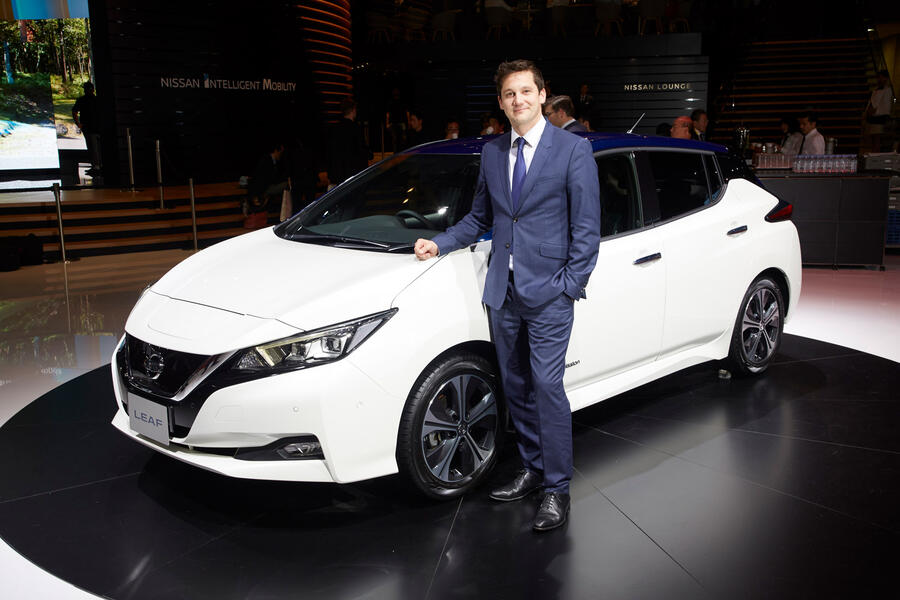


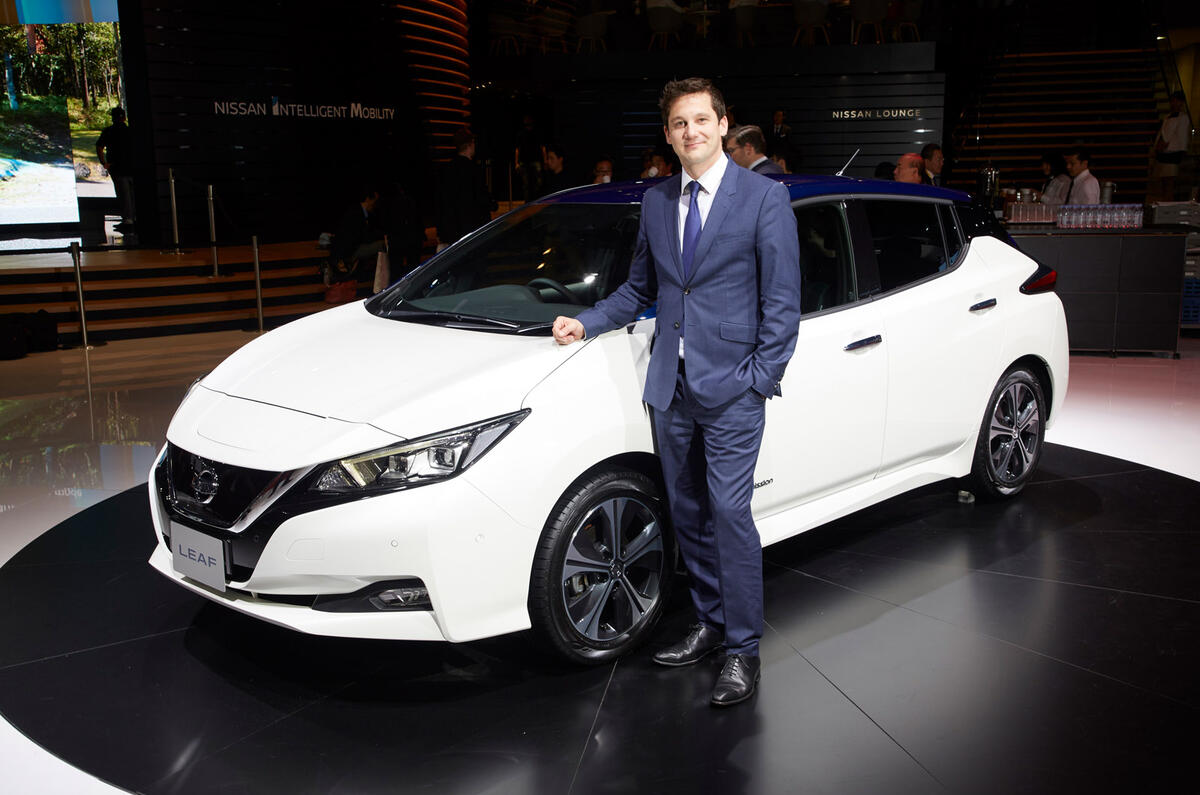

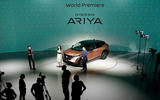
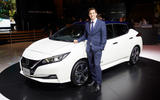
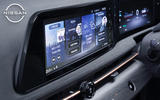

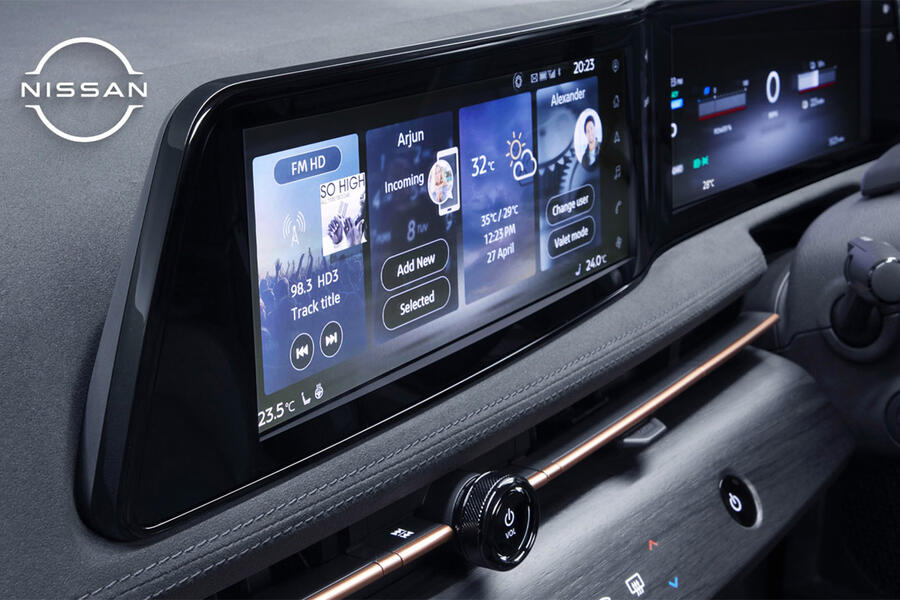





Add your comment